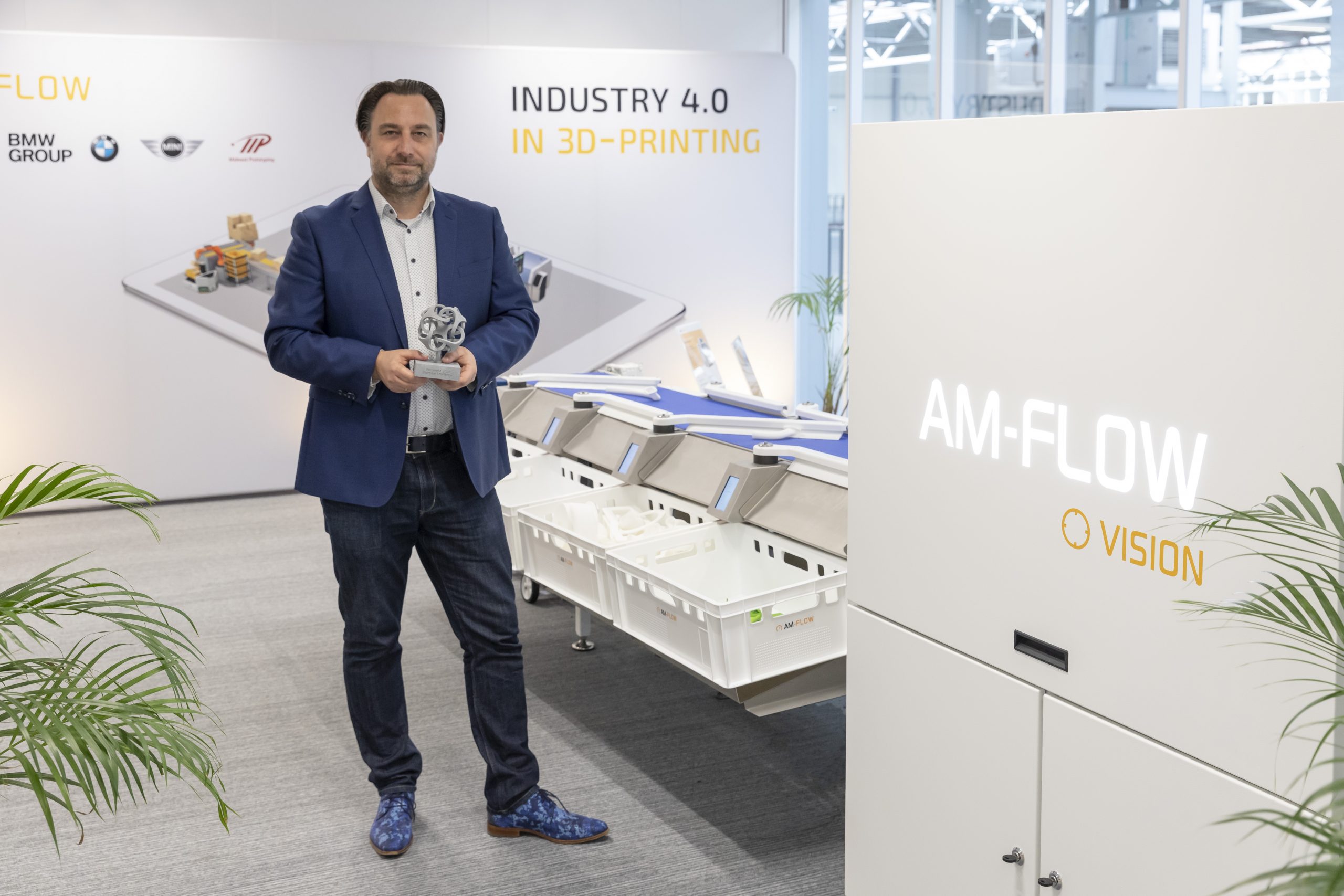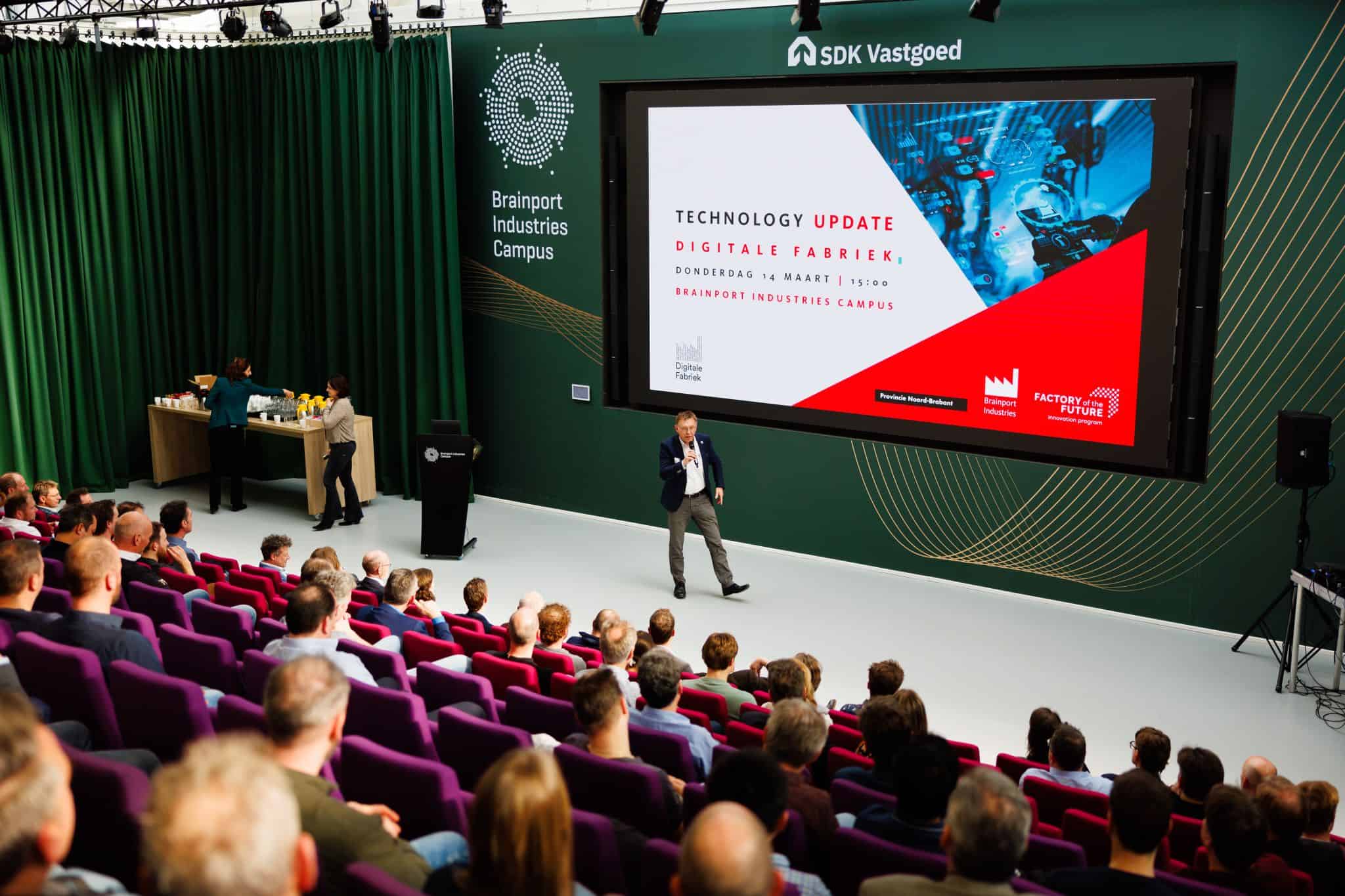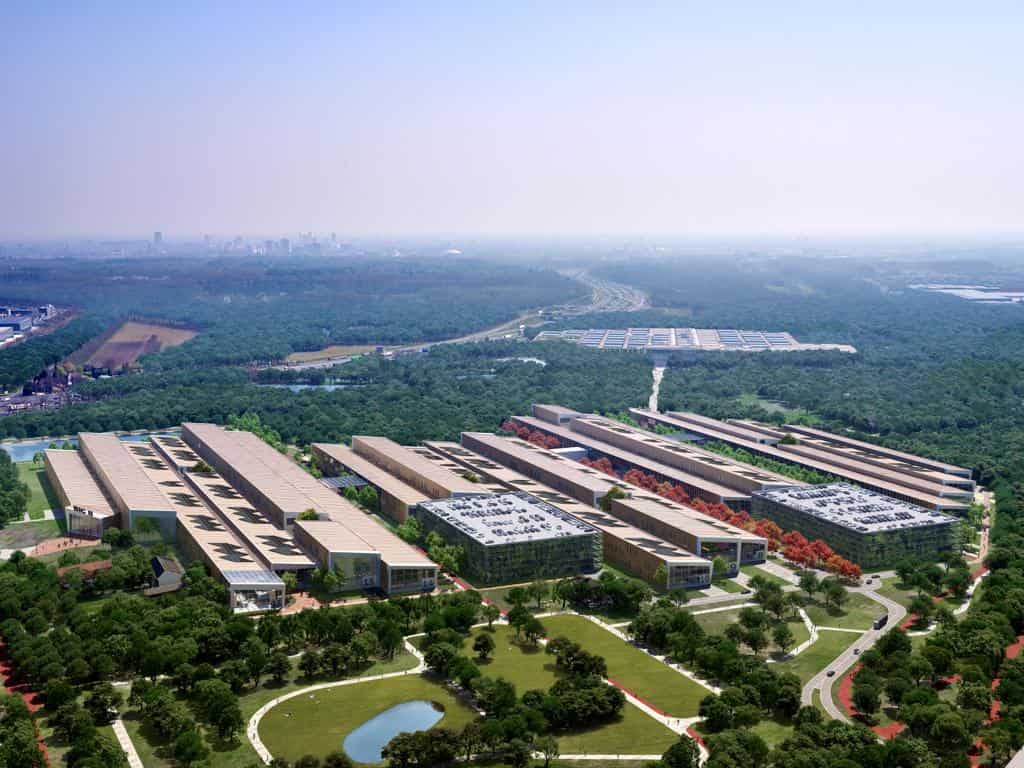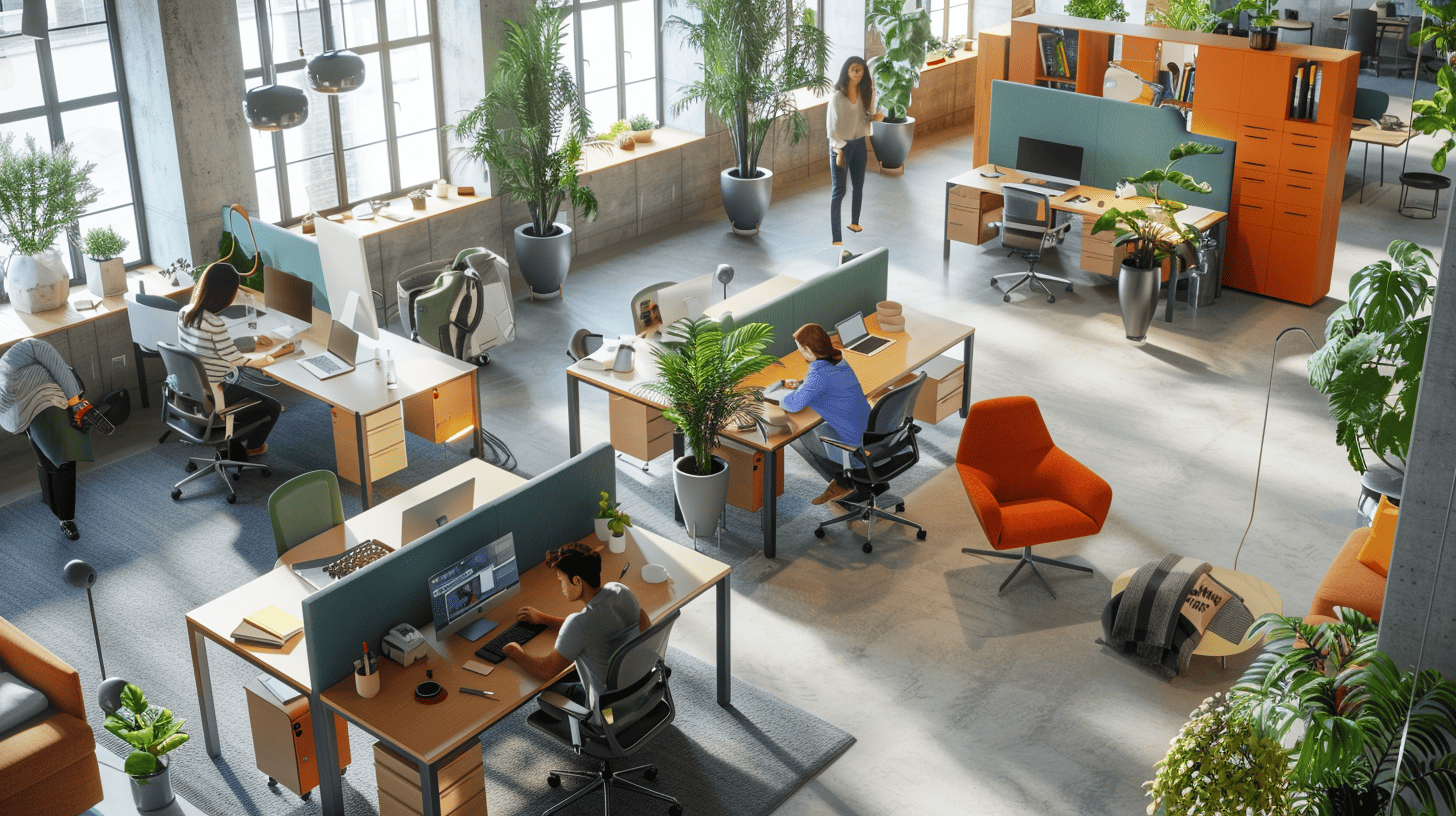
Manufacturers are using 3D printing increasingly as a manufacturing method. The Dutch market for industrial 3D printing will grow in the coming years to over €22 billion by 2030, according to a PWC report. Where just a few years ago the technology was only used for prototyping, it is now so far advanced that complete end products are rolling out of commercial printers.
But for how smart and digital 3D printing may be on the front end, the process is conversely just as inefficient once those products roll out of the printer. Almost in all cases, parts are still being manually identified, sorted and post-processed. Perfectly doable for a few prototypes, but a repetitive and time-consuming task when hundreds of products are suddenly churning out of a printer every day. “Moreover, the chance of errors increases,” says Dennis Lieffering of AM-Flow. The company has been working on automating this process since 2018. They develop the software in Amsterdam. All the mechanical applications and robotics are done in Eindhoven at the Brainport Industries Campus.
“Some parts are practically indistinguishable from each other. It’s about very small differences. That sometimes makes it difficult to see which 3D model belongs to which customer and what should be done with each piece. Or where they should go in the factory.” He calls all this manual work the “dirty secret” of the additive manufacturing industry. Lieffering: “Companies justifiably like to show off the advantages of 3D printing. But the ‘back end’ – what happens in post-production – often stays out of the picture. It is still the case that as production increases, so do the labor costs. There is a lot of manual work involved not only in cleaning, identifying and sorting the printed parts, but right throughout the factory route. All the way to the packaging.”
Automatic identification and sorting within a matter of seconds
To solve this, AM-Flow is developing machines that rely on data, sensors and AI. Not only do these machines shorten the production process, they also ensure that engineers, who currently mainly do this manual work, have more time for other work. Designing better products, for one thing. This works as follows. Once a product rolls out of the 3D printer, it is first cleaned. Then a robotic arm takes the 3D-printed objects from a tray and places them on a conveyor belt that heads towards the AM-Vision module. This is equipped with 10 cameras that identify a product within a few milliseconds and forward it on to the sorting system. From there, the parts are sent by self-driving carts to the correct department for the extra finishing touches., e.g. painting or polishing. Finally, parts are automatically packaged and labeled to be sent to the customer.
“We also make the ‘back end’ of 3D printing digital with our technology. No human intervention is required here anymore. We link our software to the manufacturer’s software. This contains 3D models, product schedules and what should happen to printed parts. Do they get a color? Do they need to be polished? By using this 3D model, along with a self-learning algorithm and cameras, the module can identify products at lightning speed,” Lieffering explains. What’s unique about this system is that it doesn’t matter how the printed parts end up on the conveyor belt as they can be recognized from every side. “Manually, this identification and sorting can sometimes take up to a minute, now it only takes a few seconds. It helps bring down the manufacturing costs per product.”
Gap in the market
According to Lieffering, AM-Flow is the only party involved in the digitalization and automation of post-production processes in 3D printing at the moment. And that is no surprise. The technology is still relatively new, so manufacturers are mainly busy with the development of 3D printing technology and materials. Lieffering enthusiastically starts to talk about its history. “It all began in 1986. Chuck Hull printed the prototype for a cup holder for a Saab using stereolithography. He used a laser to melt the synthetic resin that is needed for this. Since then, all sorts of techniques have been added and experimented with by all kinds of companies.”
For instance, SLS (Selective Laser Sintering), which involves lasers melting plastic or metal powder. Or FDM, (Fused Deposition Modeling) where products are built up layer by layer and the basic material is a long plastic wire. “All these techniques all have in turn their own specifications and properties. Also, new raw materials to print with are being added all the time. It is only logical that the development of this process has been the focus all this time,” Lieffering explains.
With the expiration of a number of patents sometime around 2005, 3D printing suddenly became available to manufacturers. “All kinds of new printers came on the market and the technology became cheaper and cheaper. As did the printing material, by the way. If these material costs continue to fall, it will become increasingly attractive to print finished products.”
3D printing has the future
Lieffering believes 3D printing is bound to get bigger in the coming years. “It’s not just the production price that is going to come down. There are plenty of other advantages. Compared to other production techniques, you need less materials and you can adjust the design and production process much faster. What’s more, you no longer have to manufacture products on the other side of the world. It can all be done locally. Just compare it to the print shop on the street corner. Look at what Shapeways does. All you have to do is upload a 3D model and you’re all set.”
With such diverse customers as BMW, Materialise and Midwest Prototyping, AM-Flow is working on a new machine in the automation process. “Checking the quality of printed products is now done in dedicated measuring rooms. It is especially important in the automotive or aerospace industry that a product does not diverge too much from the 3D model. But manufacturers who print something with electronics in it also want to check whether it matches the specifications. The current inspection method takes on average about 15 minutes or even longer. We want to significantly reduce this. In principle, with the digital model we have all the information we need to determine the quality together with the customer.”







